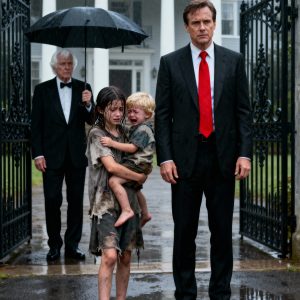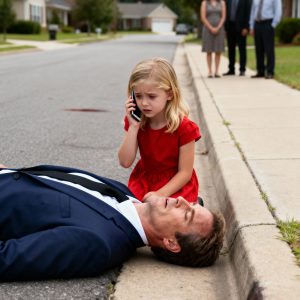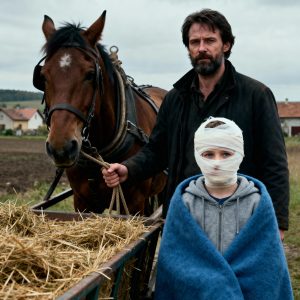In the annals of marine park history, few incidents have been as harrowing as the tragic death of Keltie Byrne, a 20-year-old marine biology student and part-time trainer at Sealand of the Pacific in British Columbia, Canada. On February 20, 1991, Byrne slipped and fell into a pool housing three orcas: Haida II, Nootka IV, and Tilikum. Despite her desperate attempts to escape, the whales repeatedly dragged her underwater, preventing rescue efforts. Eyewitnesses reported hearing Byrne’s chilling cries, including her final plea: “I don’t want to die.”
https://x.com/Morbidful/status/1906282244227887332
Tilikum, the largest of the trio, had been captured off the coast of Iceland in 1983 at the age of two. After spending time at Hafnarfjördur Marine Zoo, he was transferred to Sealand, where he lived in confined conditions. The traumatic experience of captivity is believed to have contributed to his later aggressive behavior.

The aftermath of Byrne’s death led to the closure of Sealand of the Pacific. The orcas, including Tilikum, were sold to SeaWorld Orlando. Tragically, Tilikum was later involved in two more fatalities: the death of Daniel Dukes, a man who trespassed into the orca’s tank in 1999, and the 2010 death of senior trainer Dawn Brancheau during a live performance.

These incidents sparked widespread debate about the ethics of keeping orcas in captivity. The 2013 documentary “Blackfish” brought international attention to Tilikum’s story, highlighting the psychological and physical toll of confinement on these intelligent marine mammals.
Tilikum’s life and the tragedies associated with him serve as a somber reminder of the complexities and responsibilities involved in human-animal interactions, especially within the confines of captivity.





